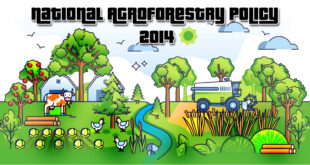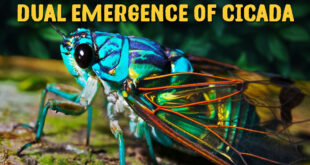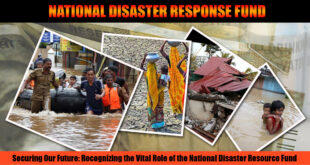Sometime in 2009, Bindu Sulochanan, a marine ecologist at Mangalore’s Central Marine Fisheries Research Institute (CMFRI), was dissecting sardines in her laboratory. Scientists at the CMFRI have been doing this for decades, to study the feeding behaviour of various ocean-dwelling fish. As Dr. Sulochanan peered at the contents of the fish’s gut under a microscope, she noticed something unusual – bright unnatural shades such as yellow, instead of the drab colours of the semi-digested plankton that sardines eat. She was looking at plastic. From litter thrown on beaches by people, the plastic had entered the water, and the fish had mistaken it for food. “We were shocked,” Dr. Sulochanan says. In some samples, the plastic was shredded and unrecognisable, but in larger fish, the source was obvious. Some plastics had readable print on them, linking them to branded milk packets and blister packs of medicines. It was just the beginning. Since 2009, CMFRI’s scientists have recovered plastic from the gut of dozens of species: mackerel near Mangalore, yellowfish tuna near Kochi and anchovies off the coast of Alappuzha, among them. In 2014, researchers from Gujarat’s Sasan Gir Forest Department did a post-mortem on the 1-ton carcass of a Longman’s Beaked Whale on a beach in the Sutrapada municipality. They found four large plastic bags in the whale’s stomach. It appeared that the plastic had blocked the whale’s digestive system. Using less, wasting more Plastics are widespread in the marine ecosystem today, and countries across the globe are contributing to it. But several estimates suggest that Asia is the larger debris-producer. Even though the U.S. and Europe manufacture most of the plastic, Asia seems to be leading in marine debris because of its population density and poor waste management. In a 2015 Science study, the researchers estimated that India had dumped 0.6 million tonnes of plastic into the ocean in 2010. China was the top dumper, while India ranked 12th and the US ranked 20th. This was despite the fact that Indians generated only around 0.34 kg of waste per person per day (ppd), while Americans threw away 2.58 kg ppd. The problem was that India was mismanaging over 80% of its waste, while in the U.S. it was only 2%. “If you look at packaging of FMCG goods, the US and Europe are the manufacturers. But we are buying it and polluting the environment, because there is no awareness that what we throw comes back to us,” says Dr. Sulochanan. The impact of plastic debris on marine life is just emerging. The commonest way in which plastic hurts is entanglement. Fishing nets lost at sea, and plastic bags can trap fish and mammals, preventing them from swimming, foraging for food and mating. In October 2011, CMFRI researchers on-board the research vessel FORV Sagar Sampada sighted a group of about 400 Olive Ridley turtles at sea, likely travelling towards their mass nesting sites on the Odisha coast. One of the turtles was entangled in a plastic buoy, while another had a plastic bag around its neck. While swimming, Olive Ridley turtles dive periodically to find food, but the plastic was preventing them from doing so. “The ultimate fate of these turtles may be death by starvation,” the CMFRI researchers wrote on the website of the Marine Biological Association of India.
Check Also
Securing Our Future: Recognizing the Vital Role of the National Disaster Resource Fund
TABLE OF CONTENTS News Concept of NDRF Key Features of NDRF News: Tamil Nadu …
 Chinmaya IAS Academy – Current Affairs Chinmaya IAS Academy – Current Affairs
Chinmaya IAS Academy – Current Affairs Chinmaya IAS Academy – Current Affairs



